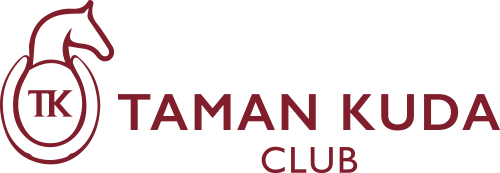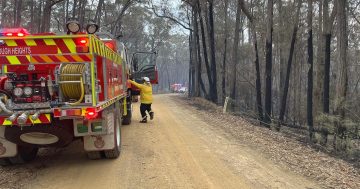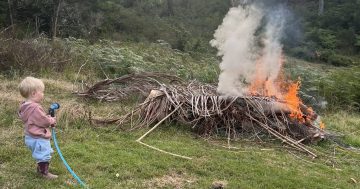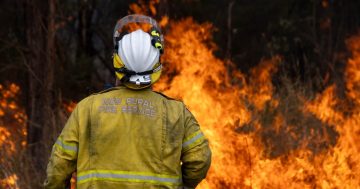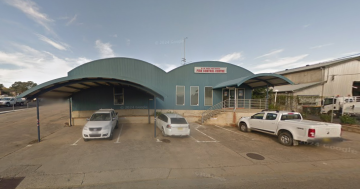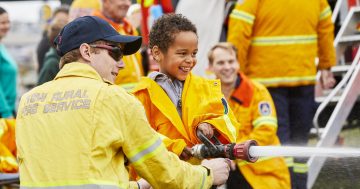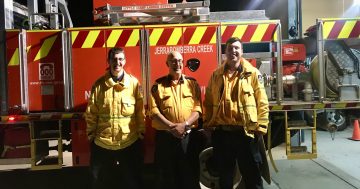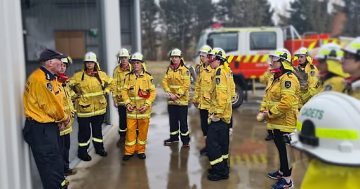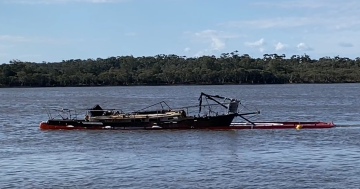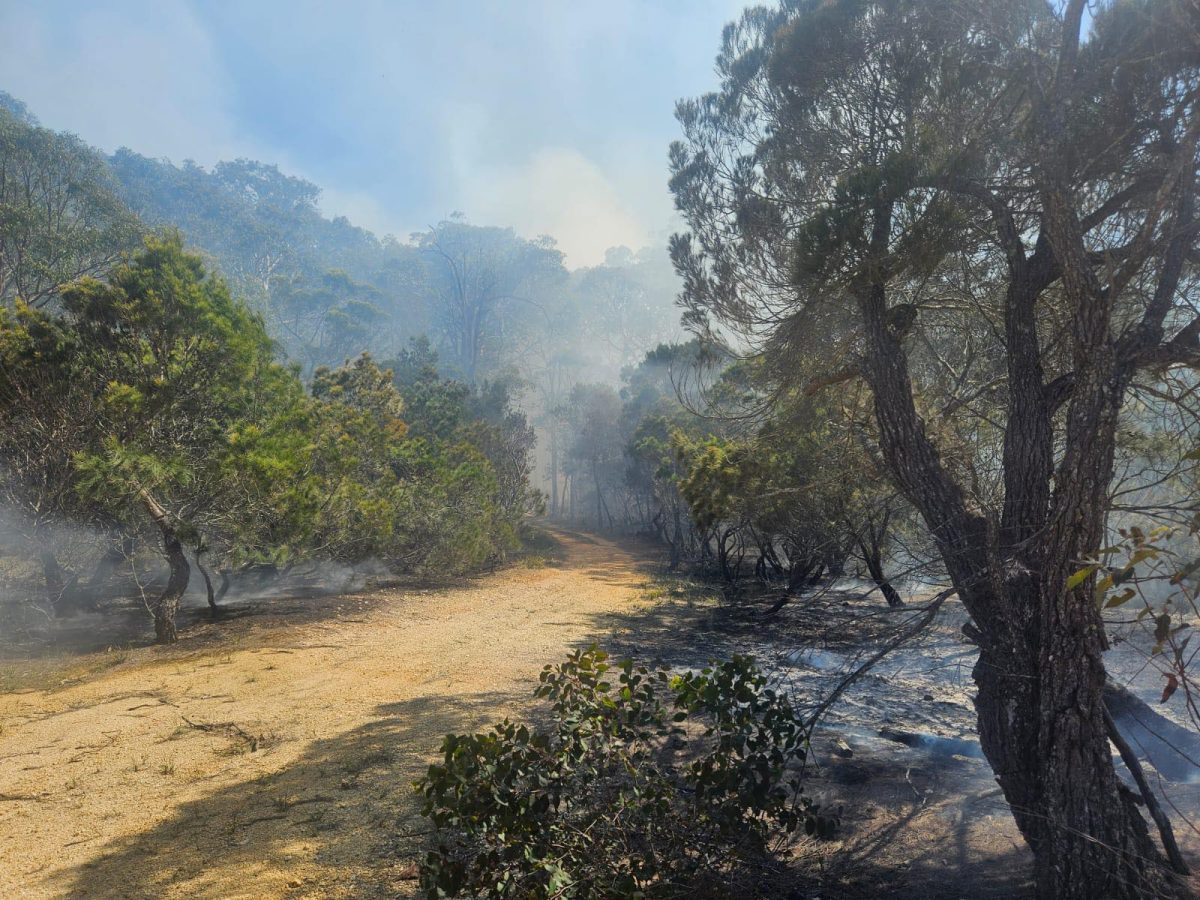
Fire restrictions have been lifted across much of NSW, but residents are urged to be careful. Photo: NSW Rural Fire Service – Far South Coast Team Facebook.
Southeastern NSW residents are facing renewed calls to be fire-ready, despite the official bushfire period coming to an end.
Commissioner of the Rural Fire Service (RFS), Rob Rogers, said crews worked on more than 4100 bush and grass fires this season, which had burnt through more than 61,000 hectares.
“January was our busiest month, but thanks to rainfall in the new year, the overall fire season was less severe than it could have been,” he said.
In addition, RFS crews responded to more than 2800 motor vehicle accidents and nearly 700 structure fires.
Inspector Langdon Gould from the NSW RFS Snowy Monaro District is one of the fireys looking after a roughly 1,500,000-hectare area.
For Snowy Monaro residents, it was a relatively calm summer.
“There were no major ‘campaign fires’, [though there were] dozens and dozens of other fires,” he said.
The crews were called to a series of mostly grass fires, which he said were particularly common in areas where African Lovegrass was growing.
The introduced species grows across much of the Snowy Monaro, according to the council’s website, and is heat, drought and frost tolerant.
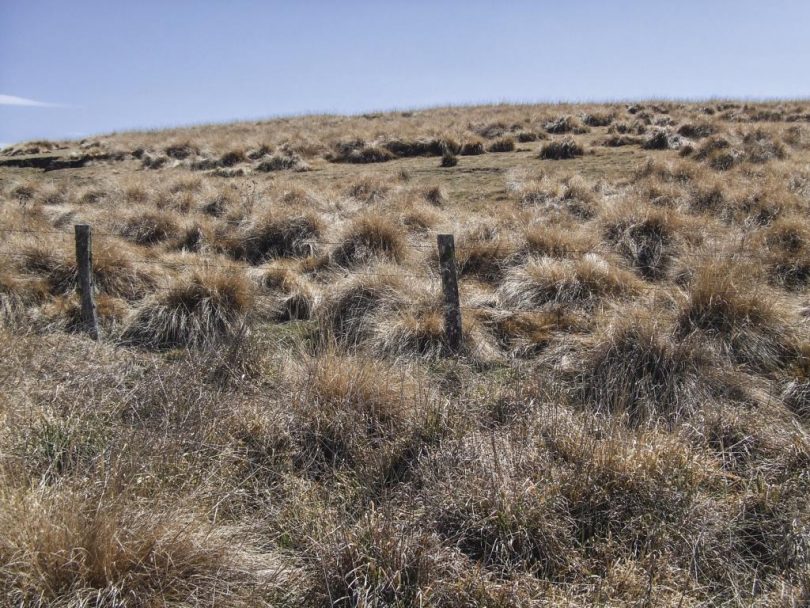
An African Lovegrass infestation taking over most of a paddock. Photo: Greg Reid.
Inspector Gould said recent grass fires, including one that “directly threatened two residences” were a timely reminder of the need to be careful.
“This clearly demonstrates the ongoing risk of grass fires and the threats that they pose,” he said.
“We want the community to be very careful in the grass areas when they’re burning off [and] going about any hot works – welding, grinding, lashing – and that they do those things earlier in the morning when there’s still that dew around.”
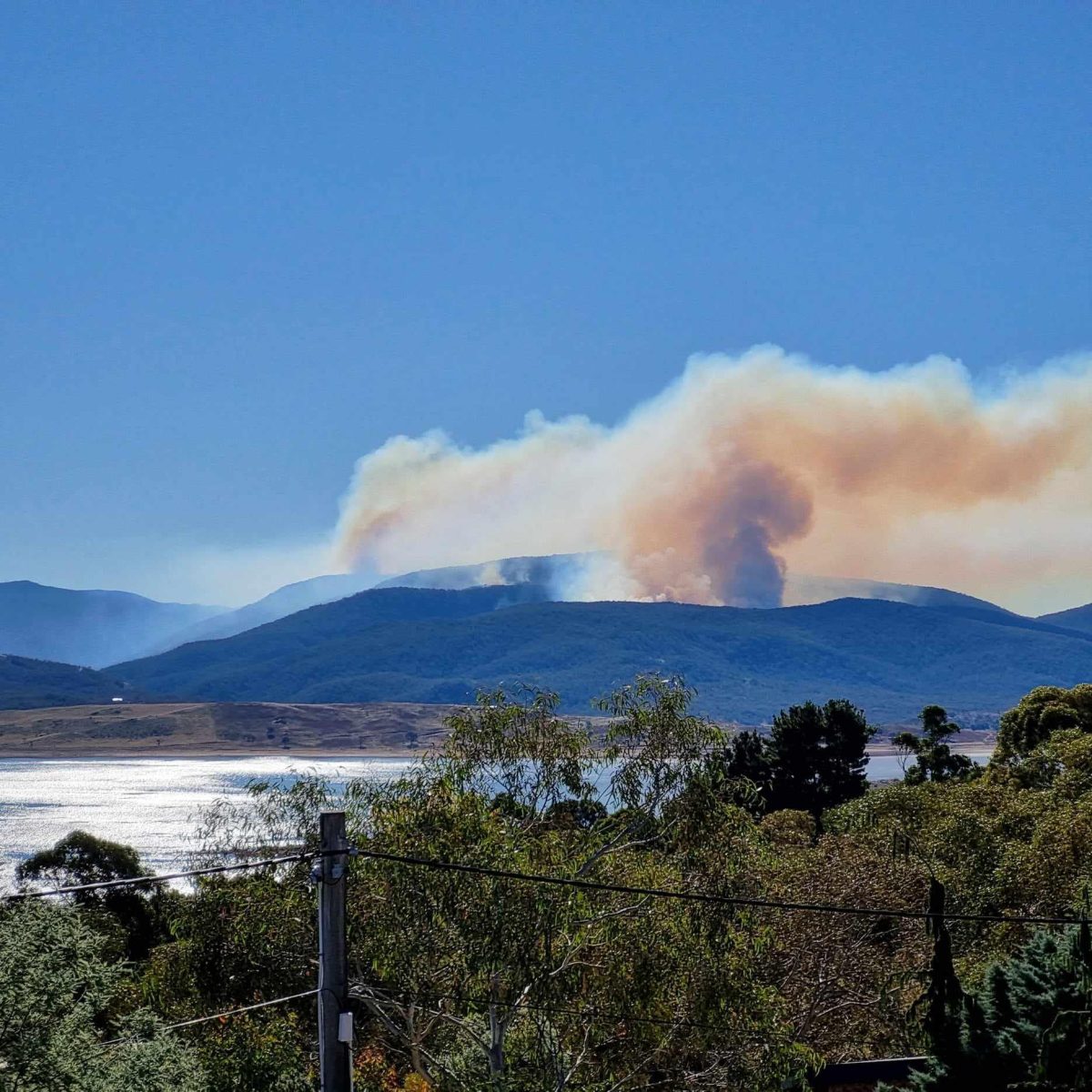
Inspector Langdon Gould said a recent grass fire threatened homes in the NSW Snowy Monaro region. Photo: East Jindabyne Rural Fire Brigade Facebook.
In the state’s south, Far South Coast district coordinator Chris Anderson said his crews were kept busy during a quiet fire season with “no major events”.
The Bega Valley and Eurobodalla Shire recorded around 100 grass fires over summer, and “a fair bit” of lightning.
“With that lightning, we were lucky to have a lot of rain with it. Those summer storms kept the grassland areas of the district relatively green at times, although it did dry out,” he said.
“The bush was, in [some] places, exceptionally dry. We were very lucky to see decent rainfall over the summer, which kept us in a really good position.”
Several South Coast crews were called upon to help with bushfires raging overseas or interstate, with crews joining the fights in Tasmania and against bushfires in the Grampians region of Victoria.
Mr Anderson said wild weather across the Illawarra and South Coast in recent days had brought much-appreciated rain to the region.
“Things are very wet at the moment; the grass is green,” Mr Anderson said.
“It’s set us into a really good position, but we will see conditions likely dry out over the next few weeks, which will allow us to shift our focus into all our hazard reduction burning – not just by the RFS but other agencies as well.”
While the statutory bushfire danger period ended in most of the state on 31 March, restrictions remain in some parts of the state because of ongoing elevated fire risk.
Restrictions will continue until 13 April for the Bogan, Coonamble, Warren, Walgett, Narrabri, Moree Plains and Gwydir local government areas (LGAs). In the Mid-Western, Bathurst, Lithgow and Oberon LGAs, they will last until 30 April.
The end of restrictions means landholders in southeast NSW no longer need a fire permit but still need to tell the RFS of their plans to conduct burns at least 24 hours in advance.
But the NSW RFS is urging residents not to become complacent as the winter chill starts to arrive.
“We want people to continually prep their properties as we move into the winter months, and then into spring,” Mr Anderson said.
“Now’s the time to stay on top of things. Don’t wait until the last minute to do this – now’s the perfect time to do things around your property to make it more fire resilient.”
Specific tips and further information on how to be fire-ready can be found on the NSW RFS’s website.



